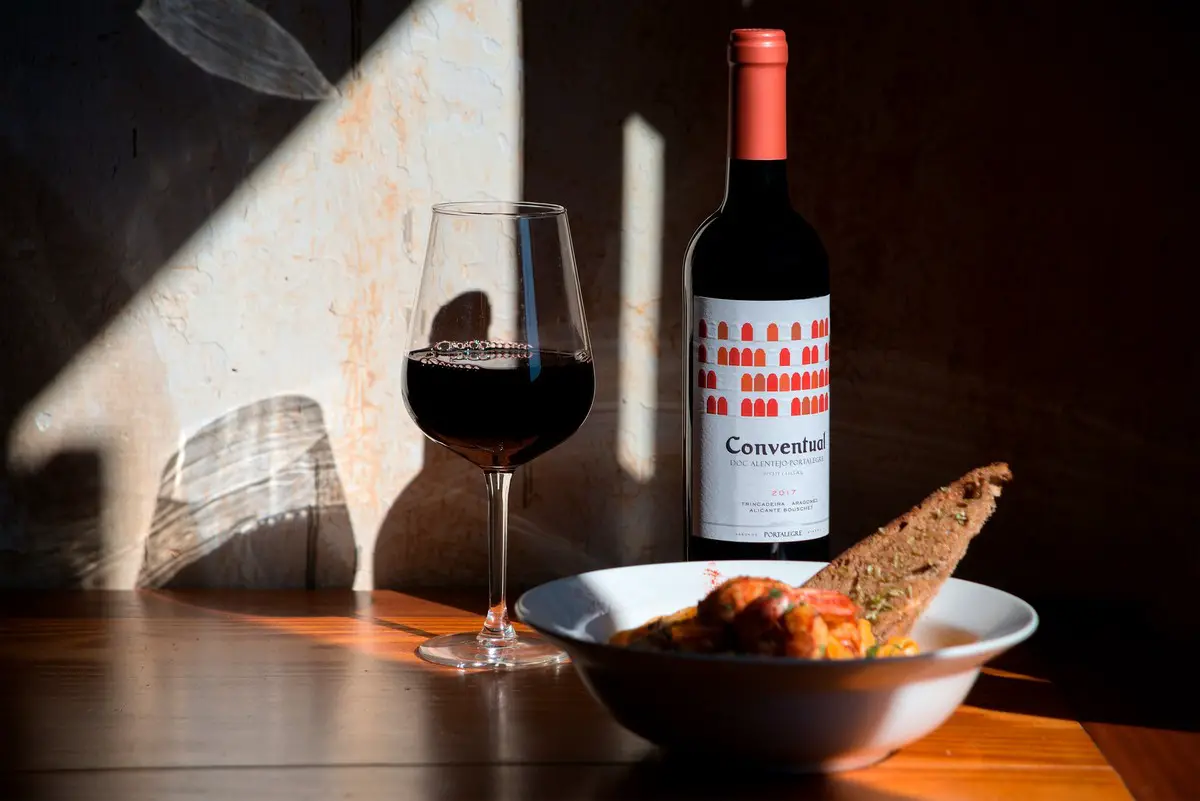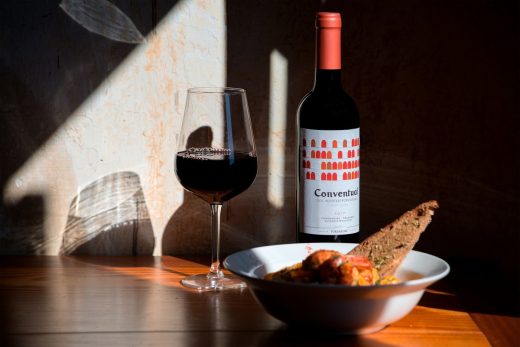Right cooling unit for a wine cellar guide, Luxury home drink bottle storage advice, High value property tips
Right Cooling Unit for a Wine Cellar Advice
27 March 2023
When it comes to wine storage, the importance of temperature control cannot be overstated. Improper storage conditions can quickly ruin even the most exquisite wine collections. That’s why investing in the right cooling unit for your wine cellar is essential.
How to Choose the Right Cooling Unit for a Wine Cellar
Think about Wine Cellar/Room Size
The first factor to consider when choosing a cooling unit is the size of your wine cellar. You’ll need to choose a unit that can handle the size of your collection, while also keeping the cellar at the proper temperature and humidity levels. A professional wine cellar designer can help you determine the appropriate size and specifications for your cooling unit.
Location of the Wine Cellar
Location is also a crucial factor in selecting a cooling unit. If your wine cellar is in a warm area or has limited ventilation, you’ll need a more powerful unit to maintain the ideal temperature and humidity levels. It’s also essential to consider noise levels, particularly if your cellar is located near living spaces. You may also need to consider additional insulation or other measures to ensure the cooling unit operates efficiently.
Explore Wine Cellar Cooling Unit Types
Consider the type of wine cellar cooling unit that best suits your needs. There are two main types to consider: self-contained and split-system units.
Self-contained Cooling Units
Self-contained cooling units are all-in-one options that are relatively easy to install and maintain. They consist of a condenser and an evaporator, and they typically fit in the wall or ceiling of the wine cellar. These units are ideal for smaller wine cellars and are relatively affordable compared to split-system units.
One of the primary advantages of self-contained units is their simplicity. Since they are a single unit, there are no complicated installation or maintenance requirements. They are also relatively energy-efficient, making them a cost-effective choice for wine collectors who are just starting.
However, there are some limitations to self-contained cooling units. They are not as powerful as split-system units, so they may not be suitable for larger wine cellars or areas with warm climates. Additionally, they can be noisy, which may be a concern if your wine cellar is located near living spaces.
Split-system Cooling Units
Split-system cooling units consist of two separate units: an evaporator unit that is located inside the wine cellar and a condenser unit that is located outside. These units are more powerful and can cool larger wine cellars, making them ideal for collectors with larger collections.
One of the primary advantages of split-system units is their power. They can handle larger wine cellars and maintain more consistent temperature and humidity levels than self-contained units. They are also less noisy than self-contained units since the condenser unit is located outside the wine cellar.
However, split-system units are generally more expensive than self-contained units, and they require more complicated installation and maintenance. Since the evaporator and condenser units are separate, they require additional components, such as refrigerant lines and electrical connections.
Right cooling unit for a wine cellar Conclusion
In summary, selecting the right cooling unit for your wine cellar depends on several factors, including the size of your wine cellar, your budget, and your location. Self-contained units are generally more affordable and easier to install, while split-system units are more powerful and better suited for larger wine cellars. Working with a professional wine cellar designer can help you choose the right cooling unit for your needs and ensure that your wine collection remains in optimal condition.
Comments on this guide to the right cooling unit for a wine cellar article are welcome.
Winery Architecture
New Winery Building Designs – recent selection on e-architect:
Fulldraw Vineyard Winery and Tasting Room, Paso Robles, California, USA
Design: Clayton Korte
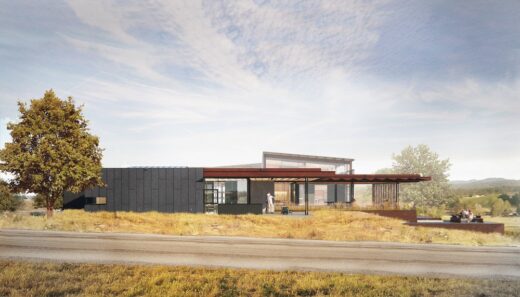
image : Clayton Korte
Fulldraw Vineyard Winery and Tasting Room CA
Beronia Winery, Ollauri, La Rioja, Northeast Spain
Design: IDOM
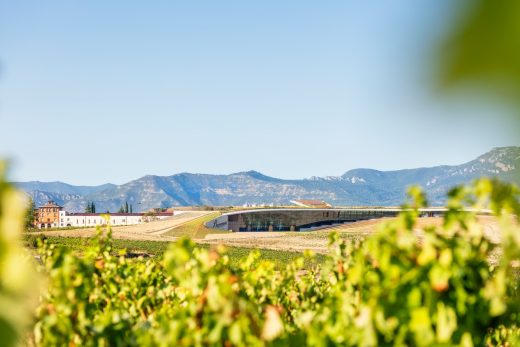
photo : Gunnar Knechtel
Beronia Winery Ollauri Building, La Rioja
Le Dôme Winery, Saint-Émillion, Bordeaux, southeast France
Architects: Foster + Partners
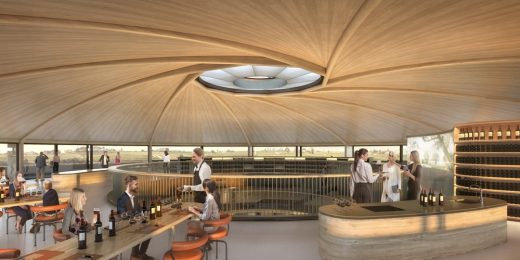
image courtesy of architects practice
Le Dôme Winery Saint-Émillion, Bordeaux
Design: Clayton Korte
Copia Vineyards Winery and Tasting Room, CA
Building
Residential Architecture Articles
Wine Cellars
Wine and Champagne
How to build a perfect wine cellar
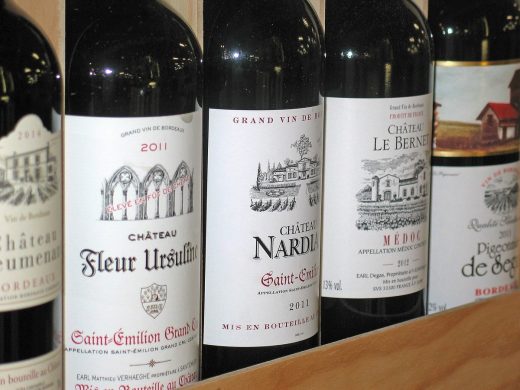
Comments / photos for the Right cooling unit for a wine cellar advice page welcome.

